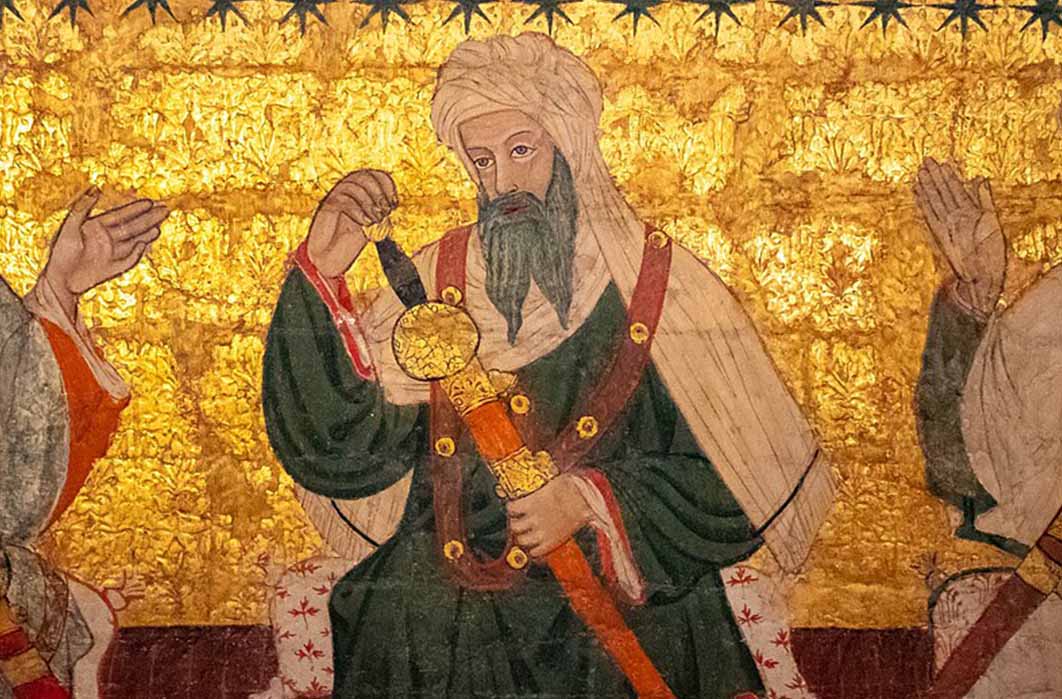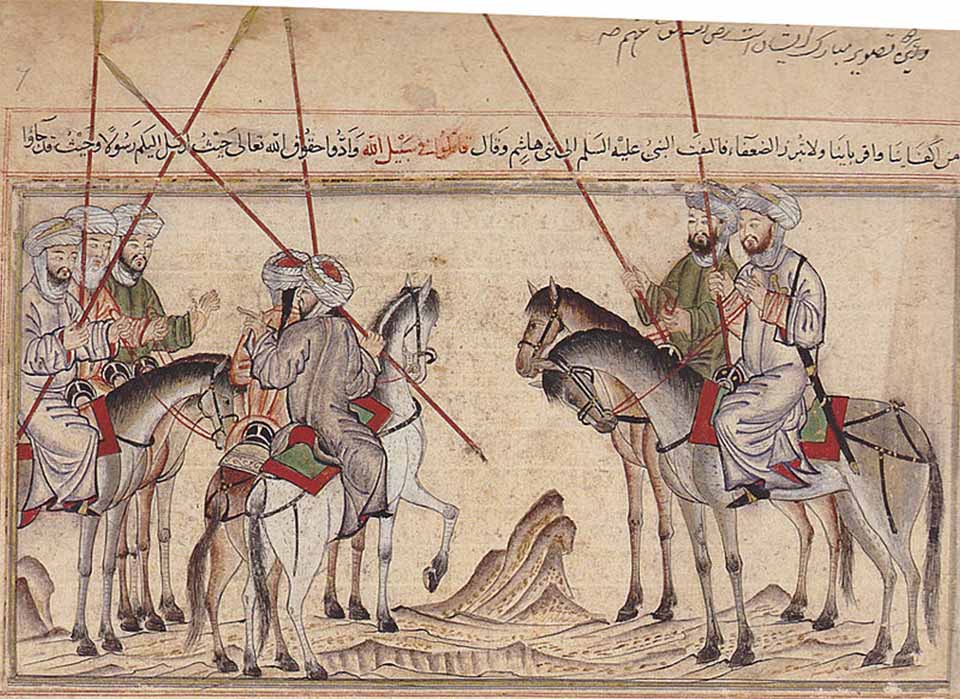
Islamic Umayyad Dynastic Influence In Iraq
When Europe was experiencing the so-called dark Middle Ages, during the seventh and eighth centuries AD, in the East, Islam was on the rise, and the Umayyad Dynasty was on the forefront of conquering territories from India to Spain. Officially carrying the title khalīfat allāh, “the deputy of God” the caliphs spread Islamic teachings from the East to the West, but they were also breaking new frontiers in art, architecture, philosophy, and knowledge. Where Arabic tribes were previously mostly nomadic, during these times clans began settling, often converting military fortresses into permanent settlements, and constructing magnificent palaces and mosques in the lands they conquered. For the first time, caliphs took the initiative in artistic patronage, and their new palaces and residences became the centers of artistic production, the ruins of which can be found dotting the desert landscape of Iraq.
Prelude to the Umayyad Period
By the seventh century AD, Mecca and its Ka’aba was under the domination of the Quraysh tribe consisting of a grouping of Arab clans. Into one of the Quaraysh tribe’s clans, the Hashim clan, the Islamic Prophet Muhammad was born in 570 AD. When the Prophet Muhammad began teaching Islam in Mecca, his hometown, the tribal leaders of the Quraysh were at first unconcerned until their polytheistic beliefs came under scrutiny, which led to animosity. The Prophet Muhammad and his followers migrated to Medina and from there they attacked Quraysh trading caravans, threatening the tribe’s traditional commercial interest, which escalated into armed conflict between the clans.

Early 14th century depiction of Prophet Muhammad encouraging his family before the Battle of Badr, a showdown with the Quraysh tribe .Tabriz Khalili Collection (Public Domain)
However, as the Prophet Muhammad’s position in Medina strengthened, the Arabs’ attitude towards him changed, and the Peace Treaty of Hudaybiyya was agreed upon which resulted in ten years of peace. Then in 629, against the wishes of the Quraysh tribal leaders, a certain party turned upon the Khuza’a, allies of the Prophet Muhammad, and the peace treaty was in jeopardy.
The Prophet Muhammad mobilized his army to lay siege to Mecca, but after negotiations amnesty was granted to those of the Quraysh tribe who did not participate in the uprising. Thus the Prophet Muhammad entered Mecca unopposed and almost all of Mecca converted to Islam. Afterwards, leadership of the Muslim community traditionally passed to a member of the Quraysh, first to the Rashidun, then the Umayyad, and followed by the Abbasid Caliphates, and the Fatimids. Despite initial staunch opposition to the Prophet Muhammad, the Umayyads embraced Islam before the latter's death in 632. Abu Sufyan ibn Harb, leader of the Umayyad clan, had become the Prophet Muhammad’s father-in-law. The Umayyads relocated to Medina.

Muslim dignitaries holding a war council. Universal history of Aldine Rashid - Muslim (1314) (Public Domain)
After the Prophet Muhammad’s death his elderly companion and father-in-law Abu Bakr (r. 632–634) was acknowledged as the first caliph leader of the Muslim community. The term khalīfah in Arabic refers to the successors of the Prophet Muhammad and they were expected to continue the work of the Prophet Muhammad, including religious and secular duties, which involved leading men in prayer and in war.
Abu Bakr favored the Umayyads and appointed them as military commanders during the Muslim conquest of Syria. One of these appointees was Yazid, the son of Umayyad tribal leader Abu Sufyan, who owned property and maintained trade networks in Syria. Abu Bakr's successor, the second caliph, Umar (r. 634–644) promoted Yazid to governor of Syria's Damascus, Palestine and Jordan districts. Yazid died shortly after and Umar appointed his brother Mu'awiya in his place. Yazid and Mu’awiya, sons of Abu Sufyan, were therefore brothers-in-law to the Prophet Muhammad.




